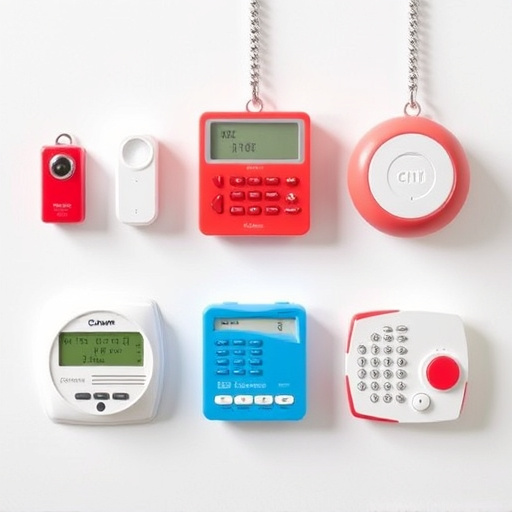Personal alarms are essential tools for urban late-night navigation, offering distance ranges up to 500 meters and features like automatic fall detection and emergency service connections. When choosing a device, consider the Personal Alarm Distance Range (30-100+ meters) and opt for models with loud sounds, strobe lights or GPS tracking for comprehensive safety. Assess your environment and needs—from urban areas needing 60 feet (18 meters) to remote locations requiring over 100 feet (30 meters)—to select the best device for late-night protection.
Staying safe while navigating lonely streets at night is paramount. For those who frequently find themselves out after dusk, personal protection devices offer vital peace of mind. This comprehensive guide delves into the world of late-night safety, focusing on personal alarms. We’ll explore key features like decibel strength and light options, and most importantly, compare different distance ranges to help you choose a device that suits your unique needs.
From understanding the basics to a detailed Personal Alarm Distance Range Comparison, this article equips you with knowledge for informed decision-making.
- Understanding Personal Protection Devices for Late Night
- Key Features to Consider in a Personal Alarm
- Comparing Distance Range: Which Device Suits Your Needs?
Understanding Personal Protection Devices for Late Night
Personal protection devices designed for late-night use are essential tools for staying safe while navigating urban environments after dark. These devices cater to a range of needs, from personal alarms that can deter potential threats to advanced GPS trackers that enable quick response from emergency services. When considering these tools, understanding the personal alarm distance range comparison is crucial. Modern personal alarms often boast ranges of up to 500 meters, ensuring users can activate them even when they’re out of sight or struggling.
This capability is particularly valuable in bustling cities where help may take time to arrive. Moreover, some devices offer additional features like automatic fall detection and emergency buttons that connect directly to local emergency services. By evaluating these options based on personal safety needs, individuals can select the most suitable device for their late-night activities, whether it’s a leisurely walk home from work or exploring a new neighborhood.
Key Features to Consider in a Personal Alarm
When selecting a personal alarm device for late-night protection, several key features should be at the forefront of your considerations. One of the most critical aspects is the personal alarm distance range. This refers to the maximum reach or activation radius of the alarm. Different devices offer varying ranges—from approximately 30 meters (100 feet) to over 100 meters (328 feet). A broader range ensures that you have adequate protection even if an assailant catches up close, allowing time for help to arrive or for you to escape.
Additionally, look for alarms with loud and piercing sounds. The decibel level should be high enough to startle and deter potential attackers, drawing attention and alerting others in the vicinity. Some devices also incorporate strobe lights or GPS tracking, offering multifaceted protection. Comparisons between personal alarm models based on these features can help you make an informed decision, ensuring your safety during late-night walks or alone time.
Comparing Distance Range: Which Device Suits Your Needs?
When considering personal protection devices for late-night use, understanding the distance range offered by each option is paramount. The personal alarm market provides various tools with differing capabilities, catering to diverse needs and preferences. Some devices offer a modest 30-foot (9 meters) range, suitable for close-quarters protection, while others boast impressive ranges of up to 100 feet (30 meters) or more, ideal for outdoor activities or areas with reduced visibility.
The choice depends on your specific circumstances and how you intend to use the device. For instance, if you frequently walk alone in well-lit urban areas, a mid-range personal alarm with a 60-foot (18 meter) distance might suffice. Conversely, if you live in a remote area or enjoy camping expeditions, investing in a device with a broader range could be more beneficial. Always consider your environment and the level of protection needed when selecting a personal alarm based on distance range comparison.
When selecting a personal alarm for late-night protection, understanding your needs and the device’s distance range is crucial. This comparison guides you in choosing the right tool for your safety, ensuring peace of mind during those evening hours. By considering the key features and range options, you can empower yourself with a reliable personal protection device that suits your specific circumstances.
